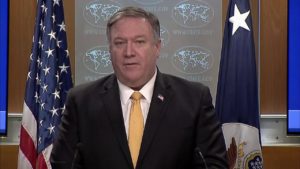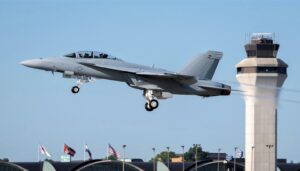
The United States will suspend its obligations under the Cold War-era Intermediate-Range Nuclear Forces (INF) Treaty on Saturday, meaning it will be free to deploy missiles with a range of 310 miles to 3,100 miles anywhere in the world by Aug. 2. Secretary of State Mike Pompeo announced the news early Friday morning. The U.S. believes Russia has been in violation of the treaty since 2008, when Moscow allegedly started developing the since-deployed 9M729 cruise missile. The Obama administration publicly accused…

 By
By 










